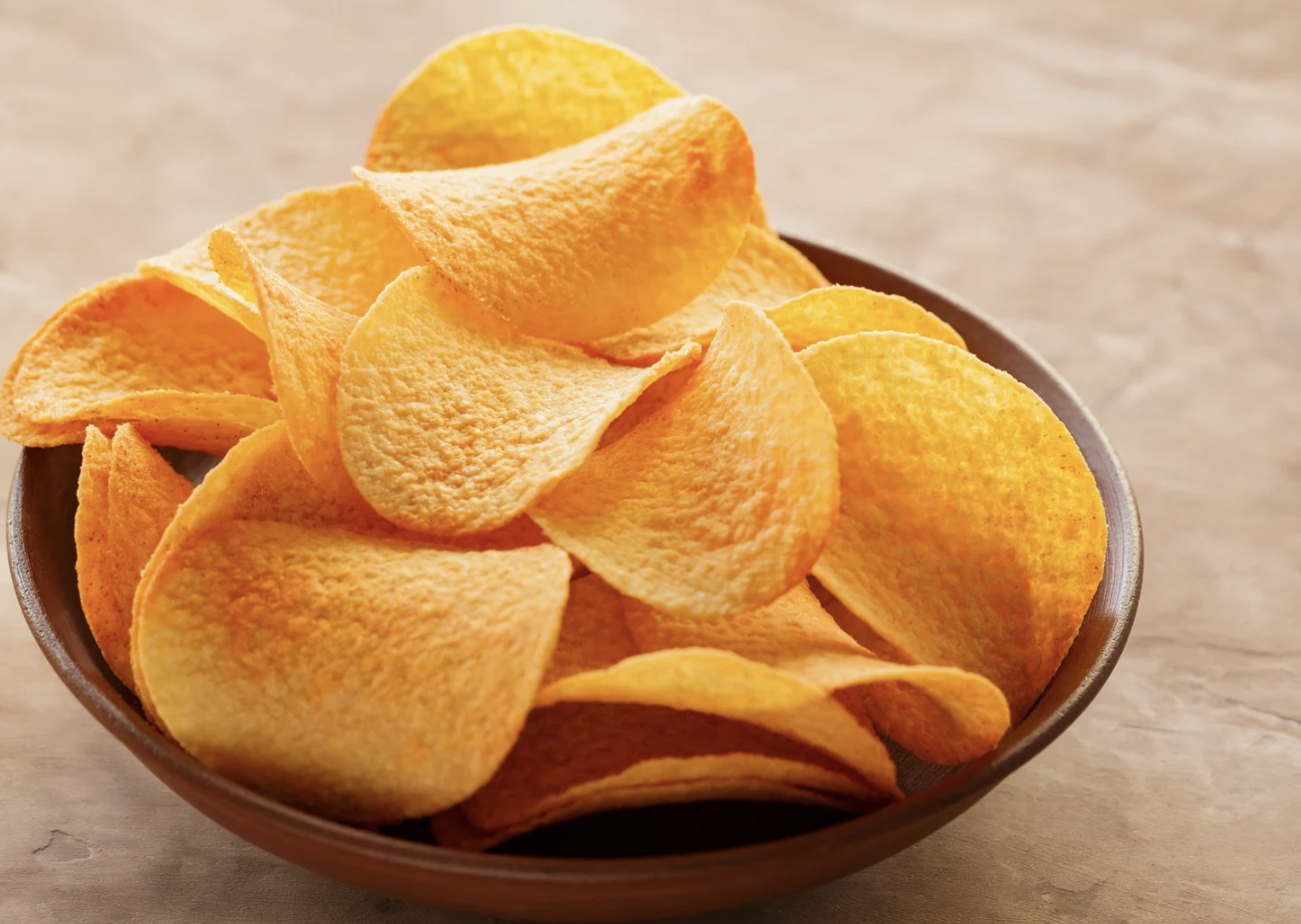Listen on: Apple Podcasts | Spotify | Amazon Music | Podcast Index | Overcast | YouTube
Ultra-processed foods now make up 60% of the American diet. With obesity and diabetes rates soaring, many blame these convenient, affordable foods for our health crisis. As a physician and scientist, I’ve examined the evidence to understand what’s real and what’s hype.
How We Got Here
Just 75 years ago, food scarcity was a global concern. With post-World War II agricultural advances—new fertilizers, pesticides, and crop techniques—farmers created an explosion in grain and corn production. This led to cheap white flour and high-fructose corn syrup, the foundation for countless processed foods.
The 1950s brought convenience culture: frozen dinners, canned soups, and instant meals. While Paul Ehrlich’s 1968 “Population Bomb” predicted mass starvation, the opposite happened. Global malnourishment fell from one-third of the population in 1970 to 8% today. Food costs dropped from 22% to 10% of household budgets. We solved scarcity—but created new problems.
What Are Ultra-Processed Foods?
The NOVA classification system defines four food groups. Group 1 includes unprocessed foods (fruits, vegetables, eggs). Group 2 covers minimally processed ingredients (olive oil, butter). Group 3 includes somewhat processed foods (canned beans, fresh bread).
Group 4—ultra-processed foods—are products engineered often from deconstructed and reassembled ingredients: sodas, chips, frozen dinners, packaged snacks. They’re designed to be cheap, shelf-stable, and irresistibly delicious through the perfect combination of fat, carbohydrates, salt, and non-kitchen ingredients like emulsifiers and stabilizers.
Three Ways Ultra-Processed Foods Might Harm You
A. Additives: Probably Not the Main Problem
People fear long ingredient lists, but the evidence doesn’t support panic. Ultra-processed foods contain:
- Stabilizers (guar gum, carrageenan) that keep ice cream smooth—many from natural sources like seaweed; others engineered.
- Emulsifiers (lecithin from soybeans) that prevent separation in peanut butter or salad dressings. Some emulsifiers are man-made.
- Preservatives (sodium benzoate, ascorbic acid) that extend shelf life, keeping food fresher longer—many derived from berries or citrus; some also engineered in a lab
- Colors and flavors that enhance appeal-a mixture of natural and man-made.
These additives are classified as GRAS (Generally Recognized As Safe). While not ideal, evidence of significant harm at typical consumption levels is limited. Of the three potential mechanisms, additives concern me the least.
B. Nutrient Removal: Depends on Your Overall Diet
Processing often strips away valuable nutrients. White flour loses fiber that slows absorption. Heat destroys vitamins—though this can happen in home cooking too.
Some nutrients get added back through fortification (vitamin D in milk, enriched flour). If ultra-processed foods comprise 20% of your diet, nutrient removal probably doesn’t matter much. But when they represent 60-70% of your calories, nutrient deficiencies become more of a concern.
C. Calorie Density: The Real Problem
Here’s where the evidence becomes compelling. Ultra-processed foods make you eat more.
Hall et al. (2019) conducted a landmark study where participants lived in a metabolic ward for two weeks. When eating ultra-processed foods, they consumed 508 more calories daily compared to unprocessed foods—despite both diets having identical sugar, fat, salt, and fiber. They also ate faster, requiring less chewing.
A 2021 study of overweight individuals found an even larger effect: 814 extra calories daily on ultra-processed diets versus whole foods, with reduced chewing time.
Dicken et al. (2025) in Nature Medicine showed 300 additional daily calories on ultra-processed diets, even when following dietary guidelines. The minimally processed diet produced significantly more weight loss (2.06% vs 1.05% body weight).
The pattern is consistent: ultra-processed foods promote overeating. An extra 300-800 calories daily means 1-2 pounds gained every few weeks—potentially 10-20 pounds yearly. This weight gain increases the risk of diabetes, heart disease, cancer, and cognitive decline.
What I Do
I generally shop the market periphery for whole fruits, vegetables, and fresh meats. In the market aisles, I buy canned tomatoes, black beans, and coconut milk for cooking—fundamentally healthy ingredients with some additives.
I don’t buy frozen pizza, lasagna, or Hamburger Helper. But I’m human. I enjoy Jif peanut butter despite its hydrogenated oils and sugar. And, I love artificially flavored mac and cheese—my wife Gail and I still crave that 25-cent box version from medical school days.
The key? My weight is stable. If it weren’t, I’d try to really limit these indulgences. If I had diabetes or hypertension, I’d watch sugar and salt more carefully. If I had unexplained inflammation, I’d try eliminating ultra-processed foods as an N-of-1 experiment.
The Bottom Line
Ultra-processed foods aren’t universally harmful, but they’re not benign. The strongest evidence shows they promote overconsumption and weight gain, increasing chronic disease risk.
The realistic solution isn’t eliminating all ultra-processed foods—that’s impractical for most people. Instead, understand their effects on calorie intake and adjust accordingly. A few indulgences won’t derail your health if they don’t dominate your diet.
As with most nutrition topics, the answer isn’t black and white. It’s about balance, evidence, and individual circumstances. Focus on what the science actually shows, not fear, and make informed choices for your life and health goals.

Scientific research underscores the intricate interplay between lifestyle factors and human health. Exercise, a cornerstone of well-being, enhances cardiovascular health, boosts mood, and promotes cognitive function. Coupled with proper nutrition, it fosters optimal physical performance and supports immune function. Beyond the individual, social ties exert profound effects on health, buffering against stress and enhancing longevity. Meanwhile, exposure to hot and cold environments elicits physiological adaptations, bolstering resilience and metabolic efficiency. Adequate sleep, essential for cognitive consolidation and metabolic regulation, underscores the importance of restorative rest. Moreover, the mind-body harmony underscores the intricate relationship between mental and physical health, highlighting the profound impact of mindfulness and stress management on overall well-being. Integrating these factors into daily life cultivates a holistic approach to health promotion and disease prevention.